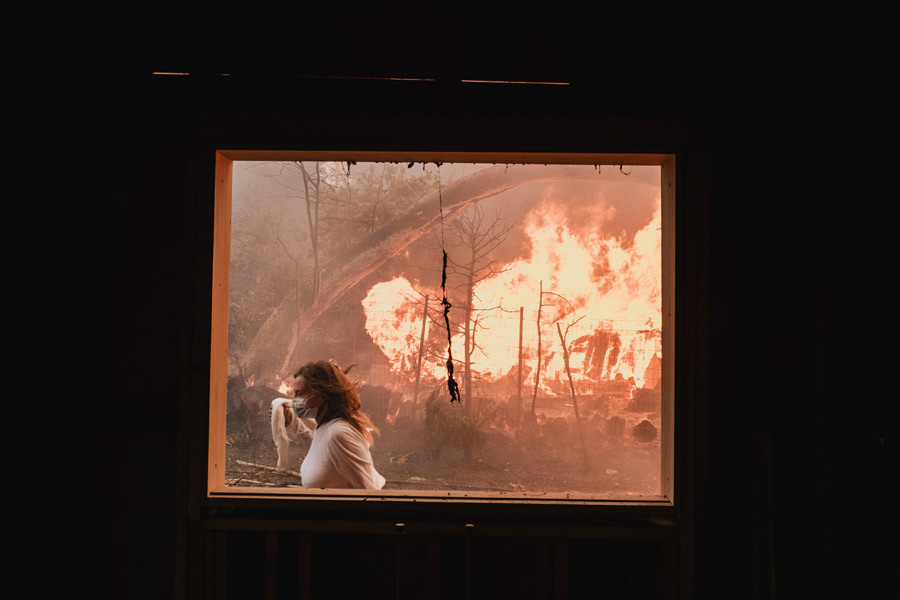Gordon Lightfoot, the Canadian folk singer whose rich, plaintive baritone and gift for melodic songwriting made him one of the most popular recording artists of the 1970s, died on Monday night at a Toronto hospital. He was 84.
His death was announced on his official Facebook page. Other details were not immediately available.
Mr. Lightfoot, a fast-rising star in Canada in the early 1960s, broke through to international success when his friends and fellow Canadians Ian and Sylvia Tyson recorded two of his songs, “Early Morning Rain” and “For Lovin’ Me.” When Peter, Paul and Mary came out with their own versions, and Marty Robbins reached the top of the country charts with “Ribbon of Darkness,” Mr. Lightfoot’s reputation soared. Overnight, he joined the ranks of songwriters like Bob Dylan, Phil Ochs and Tom Paxton, all of whom influenced his style.
When folk music ebbed in popularity, overwhelmed by the British invasion, Mr. Lightfoot began writing ballads aimed at a broader audience. He scored one hit after another, beginning in 1970 with the heartfelt “If You Could Read My Mind,” inspired by the breakup of his first marriage.
In quick succession he recorded the hits “Sundown,” “Carefree Highway,” “Rainy Day People” and “The Wreck of the Edmund Fitzgerald,” which he wrote after reading a Newsweek article about the sinking of an iron-ore carrier in Lake Superior in 1975, with the loss of all 29 crew members.
For Canadians, Mr. Lightfoot was a national hero, a homegrown star who stayed home even after achieving spectacular success in the United States and catered to his fervent fans with constant cross-country tours. His ballads on Canadian themes, like “Canadian Railroad Trilogy,” pulsated with a love for the nation’s rivers and forests, which he explored on ambitious canoe trips far into the hinterlands.
His personal style, reticent and self-effacing — he avoided interviews and flinched when confronted with praise — also went down well. “Sometimes I wonder why I’m being called an icon, because I really don’t think of myself that way,” he told The Globe and Mail in 2008. “I’m a professional musician, and I work with very professional people. It’s how we get through life.”
Gordon Meredith Lightfoot Jr. was born on Nov. 17, 1938, in Orillia, Ontario, where his father managed a dry-cleaning plant. As a boy, he sang in a church choir, performed on local radio shows and shined in singing competitions. “Man, I did the whole bit: oratorio work, Kiwanis contests, operettas, barbershop quartets,” he told Time magazine in 1968.
He played piano, drums and guitar as a teenager, and while still in high school wrote his first song, a topical number about the Hula Hoop craze with a catchy last line: “I guess I’m just a slob and I’m gonna lose my job, ’cause I’m Hula-Hula-Hoopin’ all the time.”
After studying composition and orchestration at the Westlake College of Music in Los Angeles, he returned to Canada. For a time he was a member of the Singing Swinging Eight, a singing and dancing troupe on the television show “Country Hoedown,” but he soon became part of the Toronto folk scene, performing at the same coffee houses and clubs as Ian and Sylvia, Joni Mitchell, Neil Young and Leonard Cohen.
He formed a folk duo, the Two Tones, with a fellow “Hoedown” performer, Terry Whelan. The duo recorded a live album in 1962, “Two Tones at the Village Corner.” The next year, while traveling in Europe, he served as the host of “The Country and Western Show” on BBC television.
As a songwriter, Mr. Lightfoot had advanced beyond the Hula Hoop, but not by a great deal. His work “didn’t have any kind of identity,” he told the authors of “The Encyclopedia of Folk, Country and Western Music,” published in 1969. When the Greenwich Village folk boom brought Mr. Dylan and other dynamic songwriters to the fore, he said, “I started to get a point of view, and that’s when I started to improve.”
In 1965, he appeared at the Newport Folk Festival and made his debut in the United States at Town Hall in New York. “Mr. Lightfoot has a rich, warm voice and a dexterous guitar technique,” Robert Shelton wrote in The New York Times. “With a little more attention to stage personality, he should become quite popular.”
A year later, after signing with Albert Grossman, the manager of Mr. Dylan and Peter, Paul and Mary, Mr. Lightfoot recorded his first solo album, “Lightfoot!” With performances of “Early Morning Rain,” “For Lovin’ Me,” “Ribbon of Darkness” and “I’m Not Sayin’,” a hit record in Canada in 1963, the album was warmly received by the critics.
Real commercial success came when he switched to Warner Brothers, initially recording for the company’s Reprise label. “By the time I changed over to Warner Brothers, round about 1970, I was reinventing myself,” he told the newspaper Savannah Connect in 2010. “Let’s say I was probably just advancing away from the folk era, and trying to find some direction whereby I might have some music that people would want to listen to.”
Mr. Lightfoot, accompanying himself on an acoustic 12-string guitar, in a voice that often trembled with emotion, gave spare, direct accounts of his material. He sang of loneliness, troubled relationships, the itch to roam and the majesty of the Canadian landscape. He was, as the Canadian writer Jack Batten put it, “journalist, poet, historian, humorist, short-story teller and folksy recollector of bygone days.”
His popularity as a recording artist began to wane in the 1980s, but he maintained a busy touring schedule. In 1999 Rhino Records released “Songbook,” a four-disc survey of his career.
Mr. Lightfoot, who lived in Toronto, is survived by his older sister, Beverley Eyers; and his children, Fred, Ingrid, Miles, Meredith, Eric and Galen. His two marriages ended in divorce.
In 2002, just before going onstage in Orillia, Mr. Lightfoot collapsed when an aneurysm in his abdominal aorta ruptured and left him near death. After two years spent recovering, he recorded an album, “Harmony,” and in 2005 he resumed his live performances with the Better Late Than Never Tour.
“I want to be like Ralph Carter, Stompin’ Tom and Willie Nelson,” Mr. Lightfoot told the CBC in 2004. “Just do it for as long as humanly possible.”
Vjosa Isai contributed reporting.
The New York Times News Service










